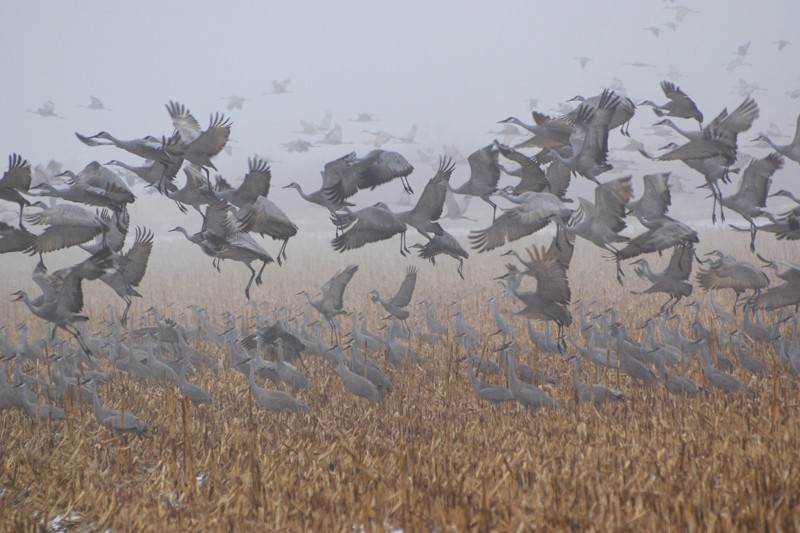In a unique and ground-breaking operation, scientists plan to search for evidence of Stone Age human activity on Britain's very own 'Atlantis' — a vast prehistoric land, once located between England and southern Scandinavia, which was engulfed by rising sea levels some 7500 years ago.
The archaeologists hope to find evidence of flint tool manufacture, plant pollen and the DNA of plant and animal species used by the long-lost land's ancient inhabitants. Due to be launched later this month, the multi-million pound project is the largest of its kind ever attempted anywhere in the world and will lead to the development by British scientists of an entire range of new scientific techniques and capabilities.
They plan to recover ancient pollen, insects and plant and animal DNA and to use high definition survey techniques to accurately rediscover what the lost Stone Age landscape looked like, what vegetation flourished there and how humans impacted on and used the environment.
The project will reveal, for the very first time, the culture and lifestyle of the dozens of generations of prehistoric Brits who flourished there for 6000 years until it finally disappeared beneath the waves in the mid sixth millennium BC. This real British Atlantis originally covered some 100,000 square miles of what is now the North Sea . However, following the end of the Ice Age, sub-Arctic ice started to melt and sea levels began to rise worldwide.
The major period of ice melt and consequent sea level rise, that specifically affected the southern part of the North Sea region, occurred between 8000 BC and 6000BC. The research is expected to reveal where the inhabitants lived, what they ate and what their environment looked like.
